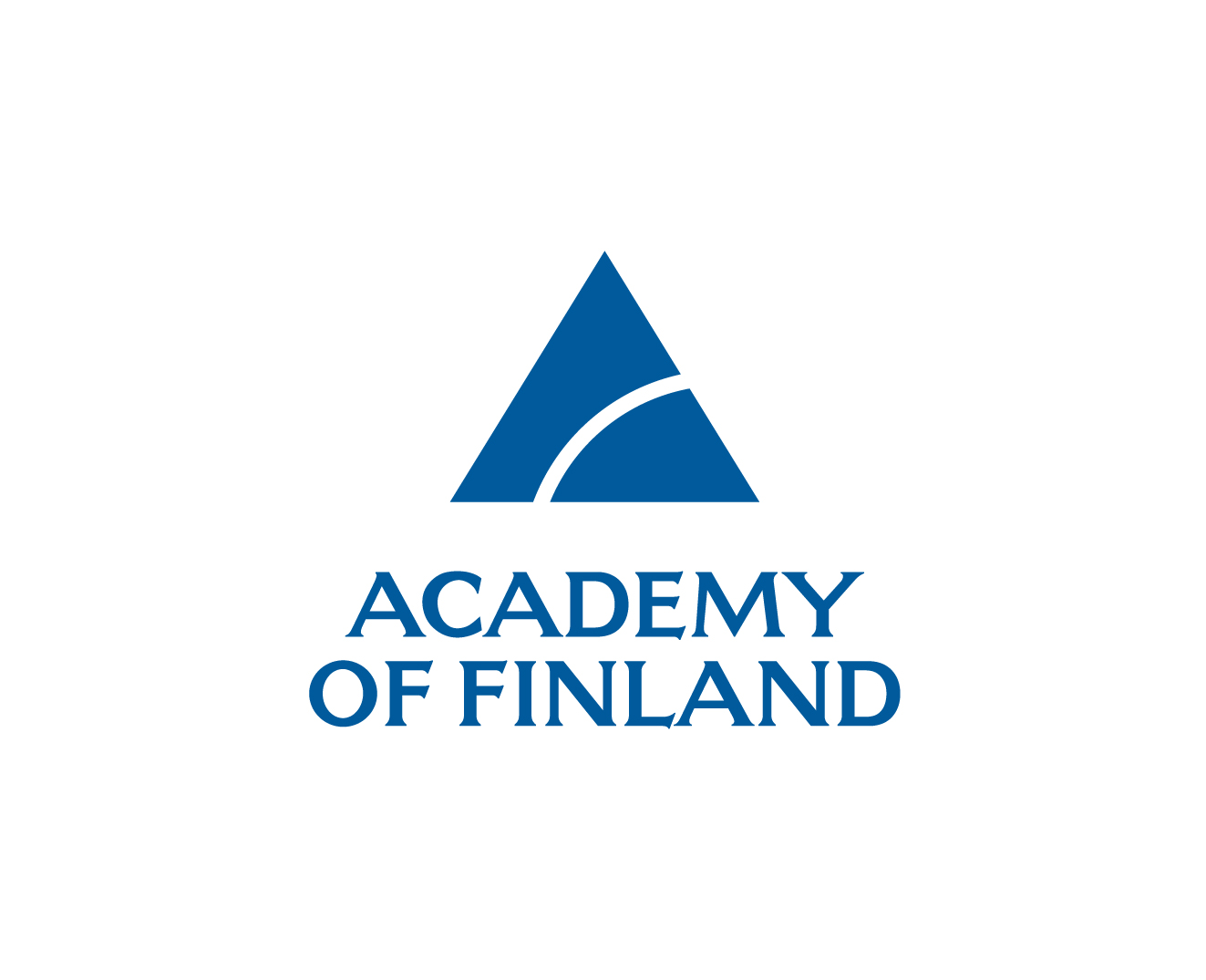After two years, just a week ago, I returned to my research village on Mono river, to a valley that separates two countries, Togo and Benin. I had heard sad news from the villagers and I was prepared to meet them after the death of their Bokonon. What I encountered was a different atmosphere in the village, as if there was literally less life: fewer people and as if they had lost something of their vitality.
A Bokonon, or Babalawo in Yoruba languages, is a spiritual person capable of contacting divinity, namely Fa, the oracle of the four main gods – and through them, is able to receive an oracle message also from 256 other divinities. In the cosmology of the southern bay of the Guinean gulf, both the Yoruban and the South-Beninese myths address Fa, which has a crucial meaning both as an oracle and as a conciliator between divine powers, but also as a bridge between sacred and profane, life and death.
Yet, in practical village life, Fa consultations most frequently dealt with illness and cure. This is why I was in close contact with the Bokonon and had several discussions with him. He knew all the herbs that can be of use for several purposes. Also quite practical issues, such as disputes between people, insults and minor crimes were addressed through him to Fa and discussed by him with other divinities. In mundane village life, he was also very much the first-hand aid of the young village chief. In this way, also the Bokonon was a mediator between the mundane and the divine world.
The Bokonon died in December and the mourning rituals are not yet completed. He is buried under the floor of his office. This is what the Fa instructed the villagers to do in a ceremony performed soon after his death. The floor provides a huge and thick cement cover for his body. “In this way he is still in his office”, it was said to me. The clay house with the office is now empty, and it is like a big tomb in the middle of the village.
He is dead but he is still with us, people say. He is present, but as a protector of the villagers he is absent. This is precisely the question that interests me the most. How to understand the simultaneous presence and absence? This is the way people in this area understand the boundary between life and death also more generally. People who die become ancestors. As ancestors they go on living with living people with only one exception; they are not visible to us. “They can see us” and “Their time is the opposite of ours. Their waking hours start at the sunset and at sunrise they go to sleep”. When people drink sodabi, local grappa made out of palm wine, they always throw the first drink to the floor, to the ancestors, but not after the sunset, because “they are already with us”.
The ancestors are an active part of human life, sometimes more active than in their lived life and at least they possess more social power. If they have been bad persons in “this life”, they perhaps go on doing the same as ancestors. In Catholicism, the other local cosmology in this area, it is always possible to pray for the dead. However, this is not the case with the local traditional belief system. The ancestors communicate with people in dreams, and they can give warnings and signs of future threat. However, the intertwining of life and death is even more “existential”. Ancestral possession is an important domain of the thanksgiving rituals. By possessing religious adepts in the ritual, the ancestors are able to speak through the possessed body about the future of local life. Rebirth is still a highly important domain of the intertwining of life and death. With every birth, an ancestor is being reborn. Who he or she is, is again a question the Fa can answer in the birth ritual ceremony.
The Bokonon is dead. Life goes on in poverty and in dryness that has lasted for more than a year. People lack resources and the ones they used to have before the dry season started were minimal. When people possess almost nothing, protection against all odds is the only act that can be carried out with success. Although the Bokonon is with us as an ancestor, he is also badly needed as a living person.
Written by Marja-Liisa Honkasalo



